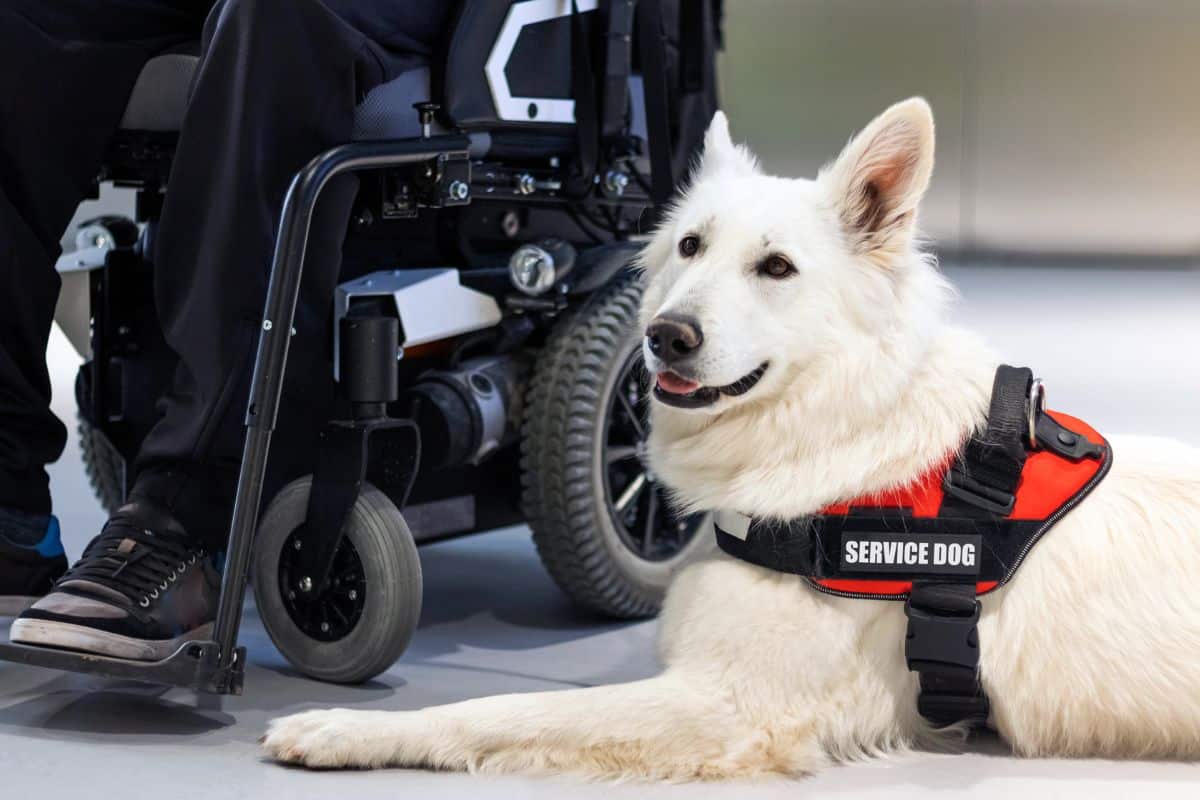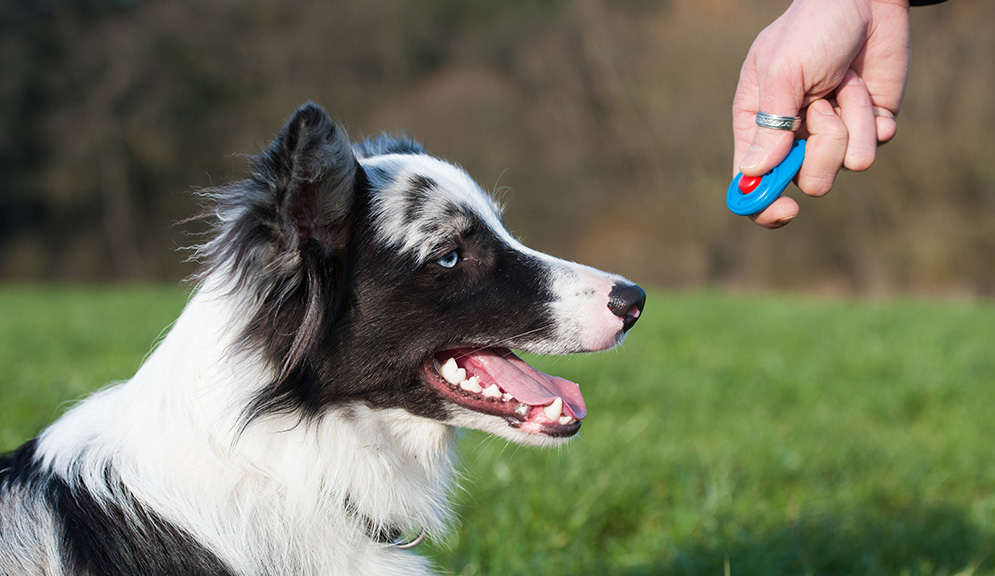Master Dog Training at Home with These Simple Techniques and Tools
Master Dog Training at Home with These Simple Techniques and Tools
Blog Article
Newbie's Overview to Effective Pet Dog Training in the house
Successfully training a pet at home calls for a nuanced understanding of canine behavior and efficient interaction techniques. Developing clear training objectives, using premium incentives, and keeping consistency across family members are crucial aspects. Incorporating training right into everyday routines can boost both engagement and retention.
Comprehending Pet Actions
Comprehending pet dog behavior is important for effective training and fostering an unified relationship between people and their canine companions. Pet dogs connect mostly with body language, vocalizations, and faces, making it essential for owners to analyze these signals precisely. Recognizing behaviors such as tail wagging, grumbling, or trembling can offer insights right into a pet dog's emotional state and purposes.

Common behavioral concerns, such as aggression, anxiety, or excessive barking, often come from misconceptions or unmet needs. Observing and dealing with these concerns promptly can prevent acceleration and make sure a positive training experience. By fostering a deep understanding of canine habits, proprietors can tailor their training methods to fit their canine buddies, eventually leading to a pleased and well-behaved pet dog.
Vital Training Tools
A well-appointed training area can considerably improve the performance of pet dog training at home. Important training tools make sure that both the pet and the fitness instructor can involve in productive sessions that foster discovering and bonding.

Spending in a strong leash and a comfortable, well-fitting collar or harness is essential for safety and security and control. These tools aid establish limits and ensure the canine stays protected throughout training. Additionally, a marked training area, devoid of interruptions, help concentration for both the pet and the instructor.
Training aids such as training pads, cones, or agility devices can additionally improve the experience by introducing selection and challenges. Having a note pad or digital app for tracking progress can be important, permitting you to note successes and areas for enhancement. Making use of these necessary devices will create a positive training setting and lay the structure for effective discovering.
Creating a Training Regimen
Developing a regular training routine is crucial for effective canine training in your home. A well-structured regular not only assists in strengthening wanted actions yet additionally gives your canine with a feeling of protection and predictability. To create an effective training routine, start by recognizing specific training objectives, such as standard commands, chain walking, or house-training.
Pick a designated time each day for training sessions, ideally when your pet is responsive and sharp. Procedure should be short, approximately 5 to 15 minutes, to keep emphasis and prevent fatigue. Consistency in timing and environment will improve your pet dog's discovering experience.
Integrate training right into day-to-day tasks to strengthen skills. For example, method commands throughout walks or mealtime, which incorporates finding out into all-natural routines. Additionally, remain versatile and readjust review the routine as necessary, accommodating your pet's power levels and mood.
Favorable Reinforcement Strategies
Favorable support techniques are basic to efficient canine training, promoting wanted habits through incentives instead of penalty. This method makes use of favorable stimulations, such as treats, appreciation, or play, to urge dogs to duplicate particular activities. The keystone of this strategy is timing; benefits should be offered quickly complying with the preferred actions to produce a clear organization.
When executing positive support, it is vital to choose benefits that are motivating for your dog. High-value treats, such as tiny pieces of poultry or cheese, can be specifically effective throughout training sessions. Additionally, varying the benefits can preserve your pet's interest and interest.
Begin with easy commands, like "rest" or "remain," and gradually progression to much more intricate tasks. Consistency is essential; guarantee that all relative utilize the very same commands and benefit systems to stay clear of complication.
Additionally, it is essential to continue to be patient and prevent disappointment. Canines, like humans, discover at their very own rate. By fostering a supportive training environment with favorable support, you can boost your dog's knowing experience while reinforcing the bond in between you and your furry buddy, preparing for successful training results.
Typical Training Challenges
While find more info training a pet dog in the house can be a fulfilling experience, it commonly includes a collection of typical challenges that can test both patience and uniformity. One prevalent issue is interruption. Pets may become easily sidetracked by noises, movements, or perhaps fragrances in their atmosphere, making it difficult to preserve their focus throughout training sessions.
Another challenge is inconsistency in commands and reinforcement. It can confuse the dog and prevent progress if family participants make use of different hints or benefits. Establishing a unified approach is important for efficient interaction.
Furthermore, dogs can experience disappointment or stress, especially if they do not understand what is anticipated of them. This can cause unfavorable behaviors, such as barking or eating.
Ultimately, the timing of support is vital (Dog training). Delayed benefits can diminish the performance of positive reinforcement, as dogs might stop working to connect the actions with the reward
Getting over these obstacles needs dedication, clear communication, and a structured training strategy. Acknowledging and addressing these usual obstacles will pave the method for a more successful and pleasurable training experience in the house.
Final Thought
In conclusion, effective pet training at home demands a thorough understanding of canine actions and effective communication methods. By establishing clear training goals and using high-quality treats alongside positive support, the training process becomes much more gratifying for both the canine and the instructor.
Establishing a regular training routine is crucial for reliable canine training at home.Favorable support methods are essential to effective dog training, promoting desired actions via benefits page instead than punishment (Dog training). By promoting a helpful training environment via favorable reinforcement, you can boost your pet's understanding experience while reinforcing the bond between you and your fuzzy companion, laying the foundation for effective training outcomes
In final thought, successful pet training at home requires an extensive understanding of canine behavior and reliable interaction techniques. By developing clear training objectives and making use of premium treats alongside favorable support, the training process becomes extra satisfying for both the canine and the instructor.
Report this page